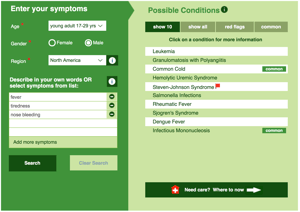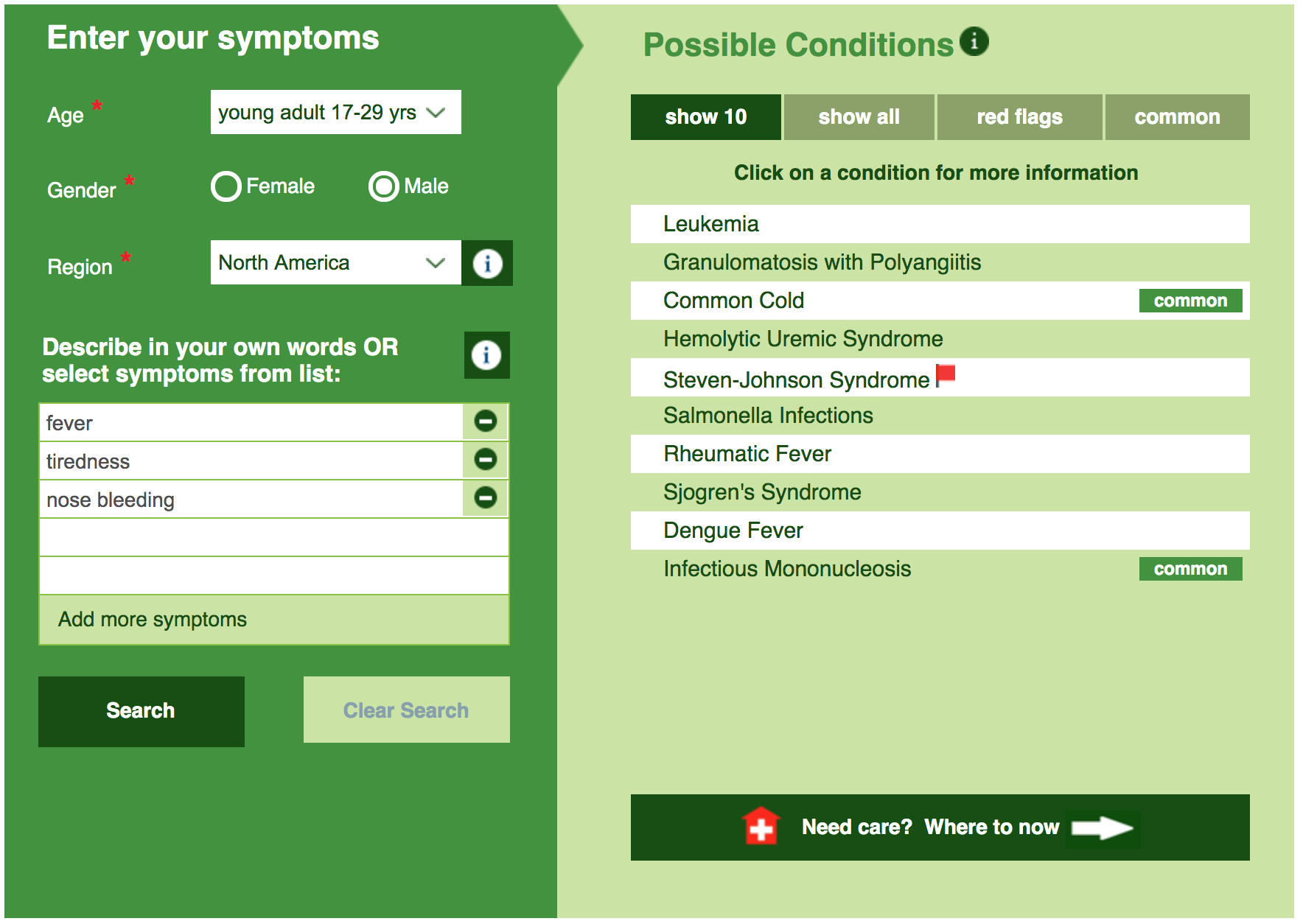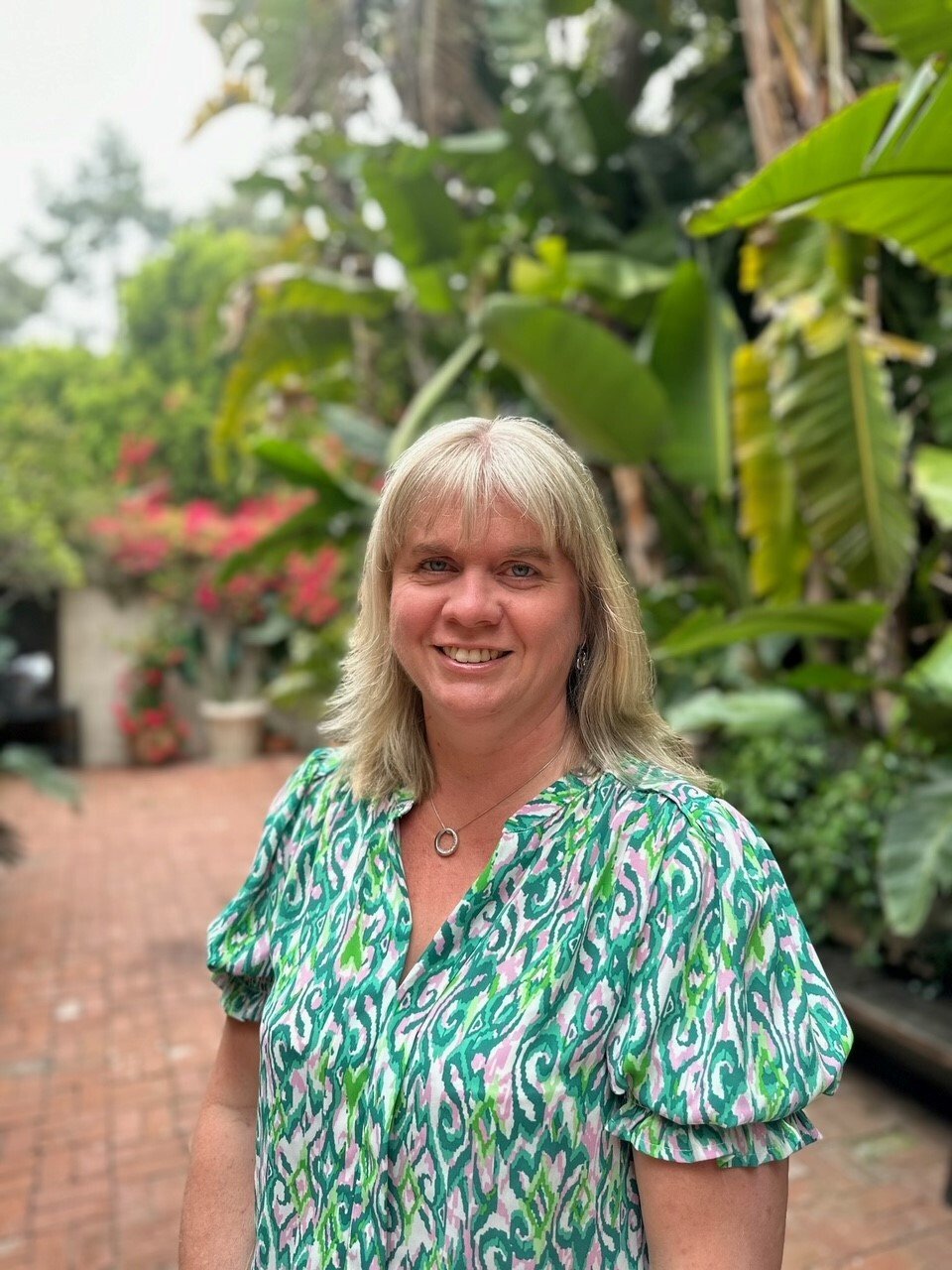- Privacy Policy
- Terms & Conditions
- Contact us
- ©Isabel Healthcare 2025
Could I have Leukemia? Types, symptoms and treatment of leukemia
 Cancer is the second leading cause of death globally, surpassed only by cardiovascular diseases. What’s more, around 80% of the people who get heart disease are over 65, whereas with cancer overall, that number is reduced to around 50%. This means cancer has probably affected everyone at some point, be that with a diagnosis yourself, or when someone in your life has had cancer. This is why we write about cancer quite a lot on the blog, most recently having done a crash course series on the types of cancer, and the treatments that may be offered to you should you be diagnosed. We aim to demystify and help make sense of as many types of cancer as we can, and today’s blogpost is no different. We’ve written about blood cancer as a whole before, and we have a post on Hodgkin and non-Hodgkin lymphoma, but we have never gone into detail about leukemia, with which around 60,000 people are diagnosed each year in the US alone. In this blogpost we’ll go over the main types of leukemia, the signs and symptoms to look out for, and how the disease is treated.
Cancer is the second leading cause of death globally, surpassed only by cardiovascular diseases. What’s more, around 80% of the people who get heart disease are over 65, whereas with cancer overall, that number is reduced to around 50%. This means cancer has probably affected everyone at some point, be that with a diagnosis yourself, or when someone in your life has had cancer. This is why we write about cancer quite a lot on the blog, most recently having done a crash course series on the types of cancer, and the treatments that may be offered to you should you be diagnosed. We aim to demystify and help make sense of as many types of cancer as we can, and today’s blogpost is no different. We’ve written about blood cancer as a whole before, and we have a post on Hodgkin and non-Hodgkin lymphoma, but we have never gone into detail about leukemia, with which around 60,000 people are diagnosed each year in the US alone. In this blogpost we’ll go over the main types of leukemia, the signs and symptoms to look out for, and how the disease is treated.
What is leukemia?
To start things off let’s get a clear definition of leukemia. Leukemia, of which there are many types that we will go into more detail on later, falls under the categorization of blood cancers. Blood cancers are any type of cancer that is formed where blood vessels are made or travel through, most commonly the bone marrow or the lymphatic system. Leukemia occurs in the bone marrow, which is where blood cells are produced. There are three types of blood cell: platelets, which help the blood to clot; red blood cells, which carry oxygen around the body; and white blood cells, which fight off infection and are a large part of the immune system. It is within these white blood cells that abnormal cell production can occur, which then spreads as more and more abnormal white blood cells are produced, and this is known as leukemia. As the white blood cells multiply, they are both unable to do their own job properly in fighting off infection, and also begin to overwhelm blood cell production overall, meaning there are less red blood cells and platelets to go around. This causes many signs and symptoms as you can imagine, as the body is unable to function correctly or fight off infections efficiently without a healthy blood supply.
Leukemia can affect anyone at any age. It is sometimes thought of as the children’s cancer, as it is the most common form of cancer in children. Contrary to popular belief, however, it does not mainly affect children, and the risk increases with age, making the median age of diagnosis around 65. Having said that, one particular type, acute lymphoblastic leukemia, does mainly affect those under 20 years of age, although even this can occur at any stage of life.
Different types of leukemia
There are many, many different types of leukemia, and as more research is done we discover more and more subcategories that help us to treat the disease more effectively and work towards a cure. There are, however, 4 main types that affect people the most, and they are split into whether the disease is acute or chronic, and whether it is myeloid or lymphocytic.
Acute Lymphocytic Leukemia (ALL)
This is more commonly known as acute lymphoblastic leukemia as the terms are interchangeable. Lymphocytic leukemias start in cells that will become lymphocytes, a specific type of white blood cell. ALL is acute, meaning abnormal cell production is rapid and if left untreated, the condition will progress and can prove fatal within weeks or a few months.
Chronic Lymphocytic Leukemia (CLL)
This is similar to ALL, in that cell production occurs in the lymphocytic white blood cells, but unlike ALL, chronic lymphocytic leukemia can develop slowly over months or years.
Acute Myeloid Leukemia (AML)
Myeloid leukemias begin in very early stage blood cells, known as stem cells, which can actually go on to be red, white or platelet cells when they mature. When these cells become leukemic, most of these abnormal stem cells progress into myeloid cells, another type of white blood cell, and this is myeloid leukemia. AML can develop very quickly and if left untreated progresses within days, weeks or a few months.
Chronic myeloid leukemia (CML)
Chronic myeloid leukemias occur when early stem cells are affected and grow abnormally, but at a slower rate than with AML. Nowadays, this type of leukemia is often quite manageable, and with regular treatment the cancerous myeloid cells can be kept under control.
Signs and symptoms of leukemia
With all these main types of leukemia, and with the many other types we don’t have time to discuss, the signs and symptoms are relatively similar. Remember, leukemia affects the white blood cells responsible for infection control, the red blood cell production that help oxygen get around the body and help organs to function properly, and the platelets that help blood to clot. Symptoms are therefore associated with these problems and include:
- Fatigue
- Anemia - this means a low count of red blood cells, and comes with its own symptoms
- Unexplained bruising
- Secondary infections - pnemonia is common, as well as any other infection that doesn’t respond to antibiotics
- Wounds that won’t heal
- Excessive bleeding that won’t stop - this includes a nose bleed with no cause that will not stop
- Swollen glands in the neck, armpit or groin
- Pain in the bones
- Fever
Depending on whether the leukemia is acute or chronic, these symptoms may progress over a period of time from hours to months. In acute leukemias, the diagnosis is often late due to misdiagnosis of a related infection, or because someone doesn’t seek care because the symptoms are similar to that of less severe conditions such as the flu. If you or your child has an unexplained fever or infection that will not go away with normal treatment, ask your doctor if it could be something else. You can put the symptoms into the Isabel Symptom Checker to discuss the results and rule out other diseases.

Treatment of leukemia
Unlike most cancers, there is no tumor or large growth that can be targeted, as the cells that are cancerous travel throughout the body. This means treatment involves trying to get rid of these cancerous cells and replace them with healthy blood cells, usually through some type or types of transfusion, be that whole blood, red blood, plasma, platelet, or white blood cell transfusions.
Chemotherapy, often in quite intense forms, may be used to try and kill off unhealthy leukemia cells before replacing with healthy cells.
There are often complications to leukemia, as the body struggles to function normally and fight off infections with compromised blood, so treatment can also be specific to these secondary diseases, and they can even take priority if they are more acute, life threatening situations.
With acute leukemias, the aim overall is to create a remission, where new leukemia cells are not being produced. From then on, medications and further treatments can be given to try and prevent a relapse. Chronic forms of leukemia are unlikely to go into remission, but medications and treatments can still be effective in slowing down and controlling the cancer.
In some cases, bone marrow transplants (BMT) or stem cell transplants (SCT) may be a treatment option. This first involves a very high dose of chemotherapy or radiotherapy, to kill off all the cells in the bone marrow, including unhealthy leukemia cells and healthy cells, making room for the new stem cells to be donated. If successful, the cells then develop in a normal way and the leukemia goes into remission. BMT and SCT are very complicated treatments and have many complications for leukemia patients, mainly because the immune system is already compromised and the treatment requires a lot of cells to be destroyed. You can learn more about these treatments, and about leukemia as a whole, at the Leukemia and Lymphoma Society website, as well as discussing treatment options with your doctor.
If you are concerned about any signs or symptoms you or a loved one are experiencing, put them into the Isabel Symptom Checker and discuss the results with your doctor.

Mandy Tomlinson
Mandy has worked for Isabel Healthcare since 2000. Prior to this, she was a Senior Staff Nurse on the Pediatric Infectious disease ward and high dependency unit at one of London's top hospitals, St Mary’s in Paddington which is part of Imperial College Healthcare NHS Trust. Her experience in the healthcare industry for the past 33 years in both the UK and USA means she's a vital resource for our organization. Mandy currently lives and works in Scottsdale, Arizona.
Subscribe Here!
Recent Posts
Isabel DDx Companion with ChatGPT Integration - to help you diagnose even faster
At Isabel Healthcare, we’ve always been driven by one goal: to make clinical reasoning faster,..Virtual Triage: Do more questions lead to better patient outcomes?
One of the common misconceptions related to virtual triage / symptom checker tools is that the more..List Of Categories
- Differential Diagnosis Decision Support
- Differential diagnosis
- Symptom Checker
- Symptoms
- Medical Error
- Patient Disease Information
- Disease
- Clinical Decision Support
- Diagnostic Decision Support
- Isabel 1 Minute Read
- Diagnosis Error
- Diagnosis Skills Cases
- Healthcare Informatics
- Clinical Reasoning
- Evidence-based Medicine
- Medical Education
- Patient Engagement
- Symptom Triage
- Nurse Practitioner Education
- Nursing Decision Support
- Partnership
- Public Health
- COVID-19
- EHR
- Patient Empowerment
- Patient Safety
- rare disease

Start your FREE Trial today
Try the Isabel Pro DDx generator for 30-days - no payment card details required.




